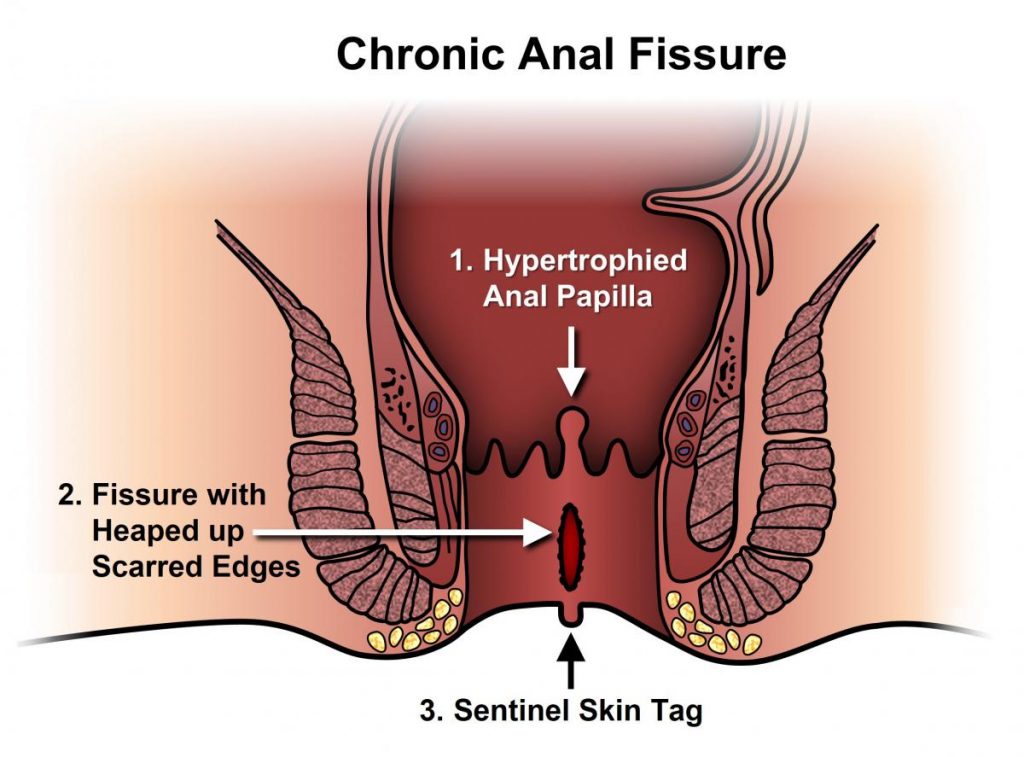Fissure Treatment

About
Fissure
Trauma or injury can stretch the anal canal and create a tear in the lining of the anus. These tears, known as anal fissures, usually come from passing large or hard stools. They can cause pain and bleeding during and after bowel movements.
The goal of treatment is to relieve pain and discomfort and heal the torn lining. Acute anal fissures — the ones that don’t last longer than 6 weeks — are common and usually heal on their own with self-care. Chronic anal fissures — those that last longer than 6 weeks — may need medicine or surgery to help them heal.
The fissure’s location offers clues about its cause. A fissure that occurs on the side of the anal opening, rather than the back or front, is more likely to be a sign of another disorder, such as Crohn’s disease.
- Anoscopy. An anoscope is a tubular device inserted into the anus to help your doctor visualize the rectum and anus.
- Flexible sigmoidoscopy. Your doctor will insert a thin, flexible tube with a tiny video into the bottom portion of your colon. This test may be done if you're younger than 50 and have no risk factors for intestinal diseases or colon cancer.
- Colonoscopy. Your doctor will insert a flexible tube into your rectum to inspect the entire colon. This test may be done if you are older than age 50 or you have risk factors for colon cancer, signs of other conditions, or other symptoms such as abdominal pain or diarrhea.
